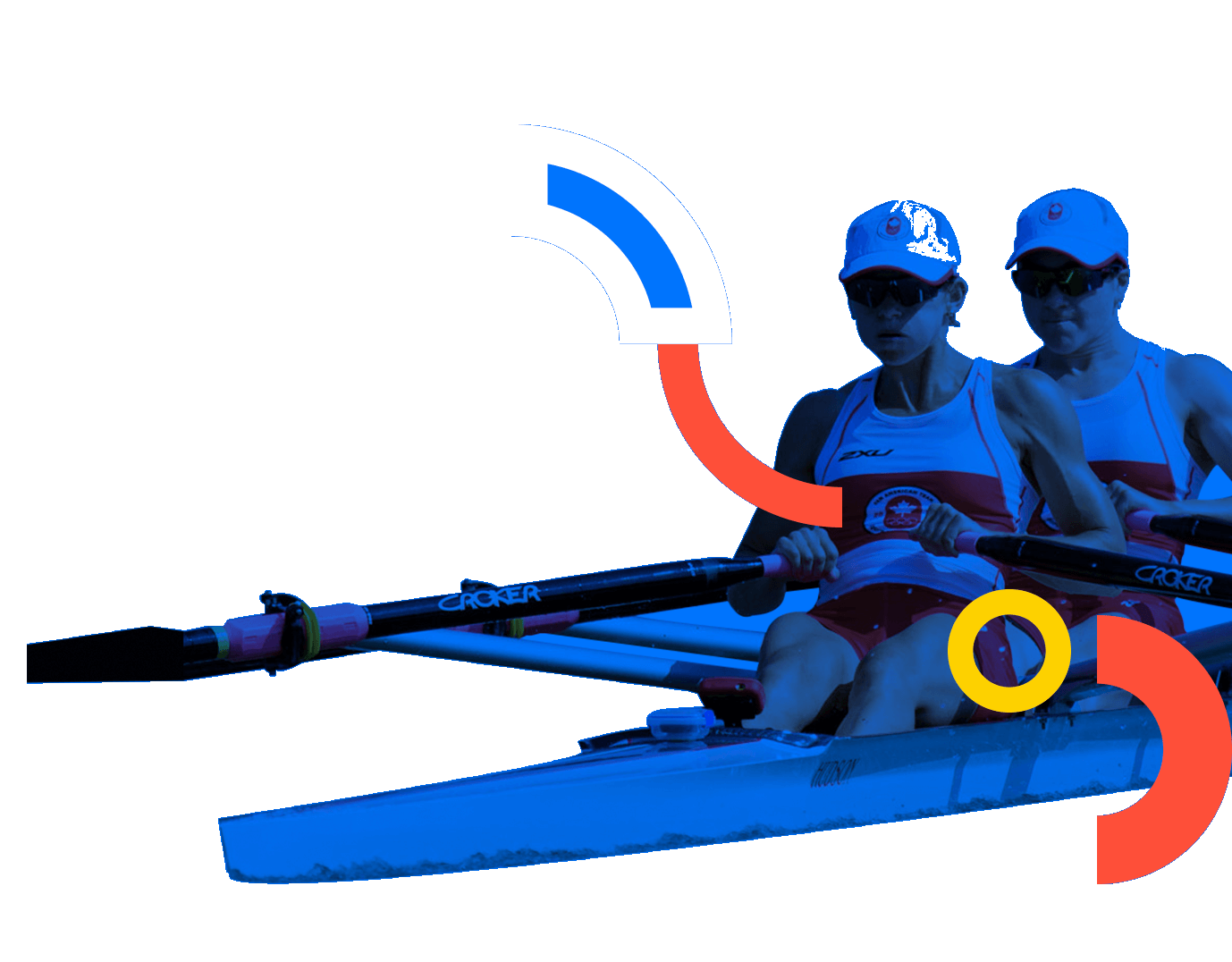Rowing
Aquatics As an outdoors sport, the weather and the water status are factors that the crews have to deal with to achieve their best performance. Rowing consists in pushing a boat with oars along a 2,000 m straight water track. Unlike canoe sprint, where athletes are facing towards the finish line, rowers are facing backwards in the direction of the movement.As a matter of fact, it is the only sport where athletes reach the finish line facing backwards, so each crew must trust the judge that follows the race behind the boats, watching over the finish line. Each rower has their feet secured to the boat, while their seat moves forwards and backwards along the rails, pushing the oars into the water to move the boat along the continuous movement of the rowers. Apart from a great physical strength, success in rowing is also thanks to the technique and teamwork to achieve top speed and distance with each stroke. A rower or the teams must manage their race to perfection, making sure of having enough energy during the whole competition and lead the race.







